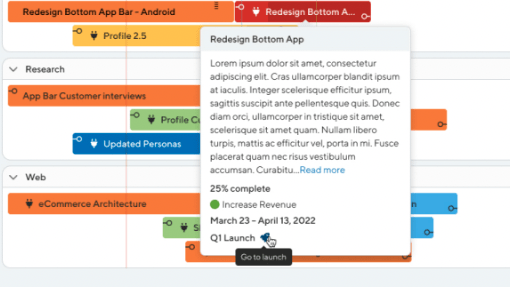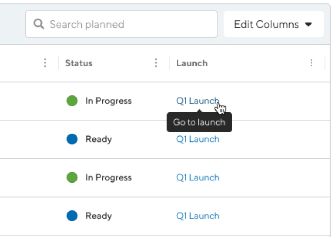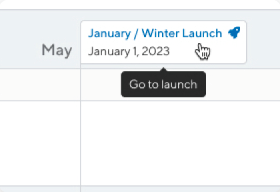Product professionals spend countless hours researching, prioritizing, and planning, all in the name of creating a successful product launch. And while they may know the problem space like the back of their hand, what we’ve heard time and time again when speaking with product folks is that no stakeholders involved have great visibility into what happens during a launch. And that is true for the product professionals themselves!
In fact, a significant number of go-to-market efforts are entirely coordinated by a separate team without the direct involvement of the product organization. To add more complexity to this issue, these teams handling the launch processes typically coordinate their efforts in a tool that is entirely separate from the product roadmap. Therefore, it is no surprise that these teams have information gaps.
Communication silos in the product launch process are a recipe for disaster
It can feel worrisome to spend all this time developing a product based on a strategic vision and then have to turn the launch of your precious product or feature to a separate team to bring it to market. However, product professionals care deeply about the success of their product. And the product launch remains a crucial factor in determining overall success.
You may solve the customer’s most significant pain point with a feature you just released, but how will the customer know about it? It doesn’t make much sense for the product team to own the research and strategy, disappear during the launch phase and come back to analyze the success.
As a result, launch coordinators may have to create time-consuming reports to give updates on the launch. For instance, they have to repeatedly answer which upcoming items have launch plans, when the launch is happening, and if it’s on track. In addition, the siloed launch contributors often have to ask for updates on a release so they can adjust their launch plans and dates accordingly.
In short, it becomes one big tangled mess of communication. The good news is that it doesn’t have to be this way.
Putting all the pieces together: Your roadmap strategy and a successful product launch
What if your launches were all in one place, and they tied directly into your roadmap strategy? With ProductPlan, this is a reality! We wanted to create a deeper connection with your launch planning and roadmap strategy so that your teams have all the information they need in one place.
Our product and engineering teams have been hard at work enhancing our Launch Management solution with additional functionality for our customers. As you add bars and containers to the “Included in the Launch” section of your Launch Checklist, it will trigger the launch name to display on your Roadmap and Portfolio, reducing the need for you to have to update stakeholders on which items have planned launches and how they’re going. The information is front and center for all who need it.

Keep reading for a quick recap of recent enhancements and capabilities to our Launch Management solution.
1. See associated launches in the Table View for roadmaps and portfolios

On the table view, a new column displays associated launches. Here, your product leaders and stakeholders can easily look at all items on a roadmap or portfolio and understand which have an associated launch and which don’t. They can dig a little deeper by clicking on each Launch to find the status updates.
2. Launch information can also be accessed in the Timeline View for roadmaps and portfolios

This concept extends to the timeline view for roadmaps by connecting associated launch information on hover and showcasing upcoming launches as milestone-like flags at the top of your timeline. These flags are designed a little differently to stand out but can be turned off via a toggle at the bottom of your roadmap if you need a more focused view. All of this happens when you connect a bar or container to a launch. You can now focus your time on more pressing needs.
3. Target dates for bars and containers display within the launch checklist
Lastly, we know that coordinating launch tasks is a feat in itself. Your team must complete all the tasks in time for the launch. If you’re not involved in the day-to-day development, this may mean following up with a product manager or engineer to ensure that the item is still on track and adjusting your plans accordingly.
By displaying target dates for bars and containers within your launch checklist, you eliminate the status updates and follow-ups. If you have your roadmap integrated with JIRA or ADO, this may be even easier as the dates now pass through from your development tool to your roadmap items, and finally, to your launch.
Try Launch Management today!
Launch Management is available as a part of our Enterprise plan and our two-week free trial. If you’d like to learn more, schedule 45 minutes with us, and we’ll tailor a demo to your unique launch goals and challenges.
We’re looking forward to turning your next product launch into a success!





